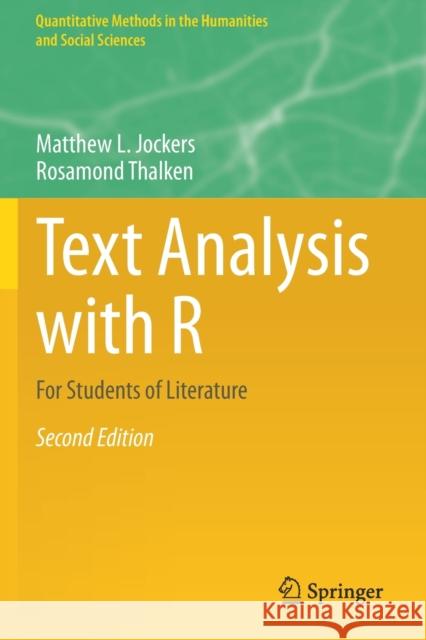Text Analysis with R: For Students of Literature » książka
topmenu
Text Analysis with R: For Students of Literature
ISBN-13: 9783030396459 / Angielski / Miękka / 2021 / 277 str.
Text Analysis with R: For Students of Literature
ISBN-13: 9783030396459 / Angielski / Miękka / 2021 / 277 str.
cena 242,07 zł
(netto: 230,54 VAT: 5%)
Najniższa cena z 30 dni: 192,74 zł
(netto: 230,54 VAT: 5%)
Najniższa cena z 30 dni: 192,74 zł
Termin realizacji zamówienia:
ok. 22 dni roboczych
Bez gwarancji dostawy przed świętami
ok. 22 dni roboczych
Bez gwarancji dostawy przed świętami
Darmowa dostawa!
Kategorie:
Kategorie BISAC:
Wydawca:
Springer
Seria wydawnicza:
Język:
Angielski
ISBN-13:
9783030396459
Rok wydania:
2021
Wydanie:
2020
Numer serii:
000479130
Ilość stron:
277
Waga:
0.42 kg
Wymiary:
23.39 x 15.6 x 1.63
Oprawa:
Miękka
Wolumenów:
01
Dodatkowe informacje:
Wydanie ilustrowane











